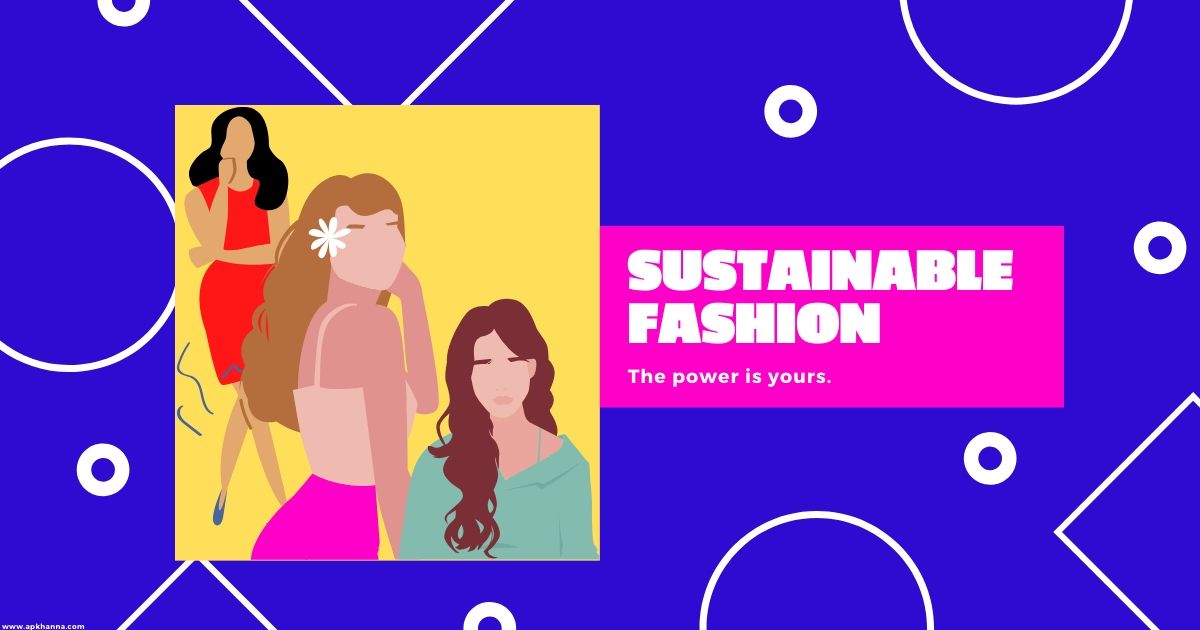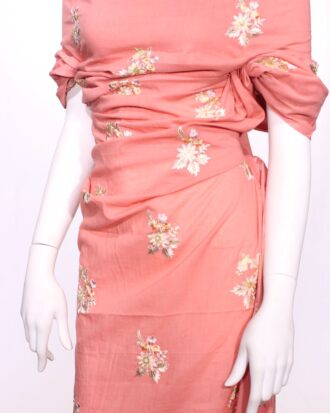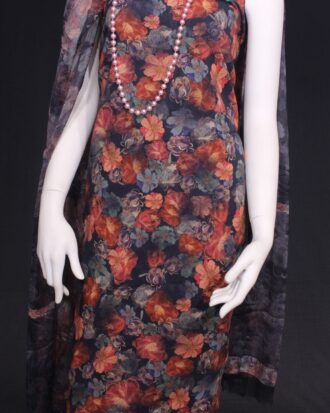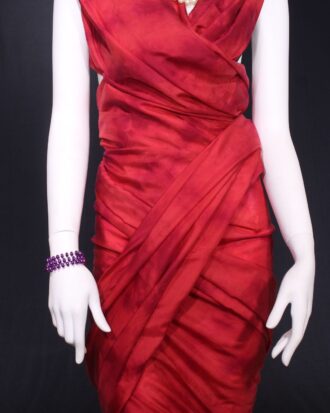
Have you ever wondered where the clothes that you wear come from? Who makes every item of your clothing? Under what conditions do they live in? How the production might be impacting the environment around you? What do you do when you do not want to wear something in your cupboard anymore? Is it the most sustainable way?
On a journey to become a more environmentally and ethically aware being, it is important to ask these questions. One needs to know where and how the products that they are consuming are produced and who is at the receiving end of it all.
The need for sustainable fashion

In the last couple of decades, the fashion industry has been thriving from the practice of ‘Fast Fashion’. Fast fashion is a term that has emerged to describe the process of producing what’s displayed on the catwalk quickly to meet the fashion trends at that time. This sounds like some expensive clothing right? Well, to overcome this, retailers have turned to shift the production of their
garments to third world countries. Labour in countries like Bangladesh and Cambodia is significantly cheaper. This enables the retailers to sell the clothes at a more affordable rate and reach out to a larger audience.
A lot of these factories in third world countries have poor working conditions, making it extremely tiring and painful for the workers to work in. They do not get paid the minimum wage in that country and often have to work overtime to reach the minimum order given by the retailers.
Please note
While it may be making clothes more affordable, fast fashion has proven to be detrimental to the environment at high costs. To begin with, the production of textiles elsewhere in the world increases the frequency of transportation of these items. Heavy and increased transportation directly increases carbon emissions. Furthermore, the increase in production has increased the emissions of harmful chemicals and toxins from these factories, leading to air and water pollution. Moreover, well-known fashion brands changing their collection quickly is leading to more production and forces the customers to keep on purchasing more and more. This causes clothes to be thrown out of their wardrobes more frequently than required and ends up going to landfills and increases waste.
This is exactly why Sustainable Fashion is required. Sustainable Fashion ensures that the production of clothes, shoes, and accessories is ethical in the environment and the socio-economic aspects. It improves all stages of the production, right from the working conditions that the workers are working in, if they are being paid enough for their work, making sure to produce as fewer emissions into the environment as possible and to make the overall approach to fashion more sustainable.
(https://www.greenstrategy.se/sustainable-fashion/what-is-sustainable-fashion/ )
The benefits of being sustainable
Sustainable fashion is a contemporary idea that is now becoming as popular as the harmful effects of fast fashion become more and more known. Sustainable fashion has multiple benefits if employed. Firstly, it is better for the environment in the short term and the long term. By 2050, fashion may account for 25% of carbon emissions in the world. The mills are the hotspot for these emissions. Almost 75% of the carbon emissions that occur due to fashion occur at the mills. If more renewable energy sources are used and taken in to practice, these emissions will reduce significantly. The reduction in carbon emissions will directly slow down global warming and contribute less to climate change.
(https://www.harpersbazaar.com/fashion/designers/a30185938/sustainable-fashion-explained/ )

Labor rights
Also, sustainable fashion ensures that labor rights are respected and followed. Garment workers are one of the least paid workers in the world, as of 2019. The biggest concern for these laborers is the minimum wages which do not help them afford basic amenities. Working in poor conditions in the workplace can be exhausting for the body and the mind. It leads to innumerable injuries and stress.
Despite this, workers in these third world countries continue to work in these conditions because of the minimum wage that they get to manage their basic survival. Sustainable fashion employs strict policies and regular checks on how much the employees are getting paid and under what conditions. This takes care of labor rights and the workers are also able to feel job satisfaction. If their rights are respected then they will, in turn, respect their work as well and lead to a positive exchange.
Conclusion
As a consumer, we must be aware of where our garments are coming from, who made them, what impact they might have had on the workers and the environment, etc. It is time to be conscious, to be well aware of what goes on around us and how we might be impacting it. It’s time to come to terms with our mistakes, be knowledgeable about our choices, and make mindful decisions.
About the author

Sukriti is a 3rd-year college student pursuing Psychology. She helps lead the Environment Club which actively spreads awareness about environmental issues on campus. She believes that nature heals people and must be protected at all costs.
See what all is on sale !
-
 Floral Embroidery on Cotton CambricOriginal price was: ₹550.00.₹425.00Current price is: ₹425.00.
Floral Embroidery on Cotton CambricOriginal price was: ₹550.00.₹425.00Current price is: ₹425.00. -
 Floral Print on Swiss CottonOriginal price was: ₹2,850.00.₹2,450.00Current price is: ₹2,450.00.
Floral Print on Swiss CottonOriginal price was: ₹2,850.00.₹2,450.00Current price is: ₹2,450.00. -
 Rose Vine Print on Swiss CottonOriginal price was: ₹2,850.00.₹2,450.00Current price is: ₹2,450.00.
Rose Vine Print on Swiss CottonOriginal price was: ₹2,850.00.₹2,450.00Current price is: ₹2,450.00. -
 Small Floral Print on Swiss CottonOriginal price was: ₹2,850.00.₹2,450.00Current price is: ₹2,450.00.
Small Floral Print on Swiss CottonOriginal price was: ₹2,850.00.₹2,450.00Current price is: ₹2,450.00. -
 All Over Floral Print on Swiss CottonOriginal price was: ₹2,850.00.₹2,450.00Current price is: ₹2,450.00.
All Over Floral Print on Swiss CottonOriginal price was: ₹2,850.00.₹2,450.00Current price is: ₹2,450.00. -
 Nature Inspired Abstract Print on Swiss CottonOriginal price was: ₹2,850.00.₹2,450.00Current price is: ₹2,450.00.
Nature Inspired Abstract Print on Swiss CottonOriginal price was: ₹2,850.00.₹2,450.00Current price is: ₹2,450.00. -
 Pure Silk Tie-DyeOriginal price was: ₹1,250.00.₹950.00Current price is: ₹950.00.
Pure Silk Tie-DyeOriginal price was: ₹1,250.00.₹950.00Current price is: ₹950.00. -
 Shiburi Tye-Dye on Pure SilkOriginal price was: ₹1,250.00.₹950.00Current price is: ₹950.00.
Shiburi Tye-Dye on Pure SilkOriginal price was: ₹1,250.00.₹950.00Current price is: ₹950.00.

















